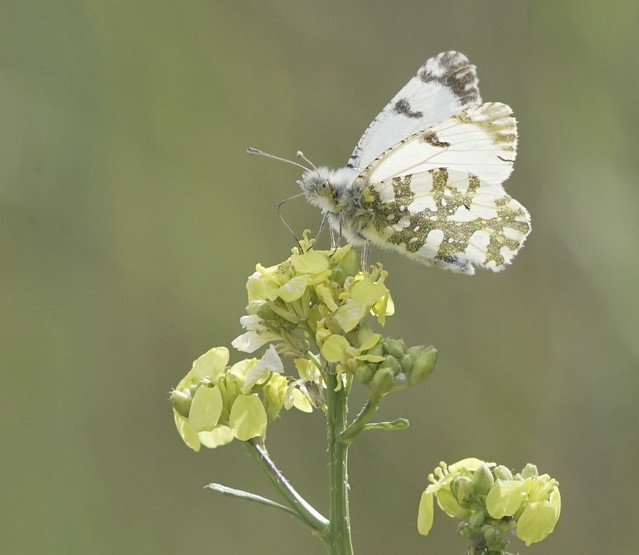I don’t need to say this- but 2020 was a year for the history books. I did my best to follow Shelter-in-Place guidelines for my county. At first I tried staying close to home- but being in Oakland open spaces with hundreds of other inner Bay Area people on a trail felt less safe than driving to the next county over. I posited my actions were reducing pressure on our local parks where much of Oakland’s populace has little privilege to get further out. Perhaps my internal justification is self serving— but access to natural open spaces can be very difficult for many city dwellers.
This year’s highlights were modest:
-Local Butterfly Counts:
My favorite was the Berkeley count. Meeting up with @robberfly, @tiwane, Danielle, @kueda reminded me why it’s a privilege to be out in a beautiful day counting urban butterflies. I forget how many species we had, but we saw a number of Euchloe ausonides, Large Marbles (and a Lycaena gorgon, Gorgon Copper!).

I helped with the SF, Mt. Diablo, Benicia and Pt. Reyes counts this year as well.
-Quercus palmeri:
Been wanting to see this species and tracked one almost in my backyard. Well- it was in the inner Bay Area and in my county! Still want to see the acorn cap for this. It makes a little hat that flares out amazingly. I am amazed by the potential bio-diversity in our urban areas.
-Staying safe and surviving:
I have missed all the people who I usually hike with. But here's to getting through this together.

(Click on photo if you want to be able to read the text.)
The iNat team graciously created a Year in Review tool. It got me thinking about the 5 years that I’ve been using iNat to understand what’s around me. I started in 2016 as a way to learn my fungi and along the way, that interest shifted to lichens and then to moths. Here is my comparison of use. You can see how my interest in moths has grown (and how 2020 really was an outlier since travel was suppressed.) @robberfly was a huge part of helping me learn this area of biology. Thanks, buddy- I’m sure in 2021 or 2022 we will be able to get out and about more easily.










